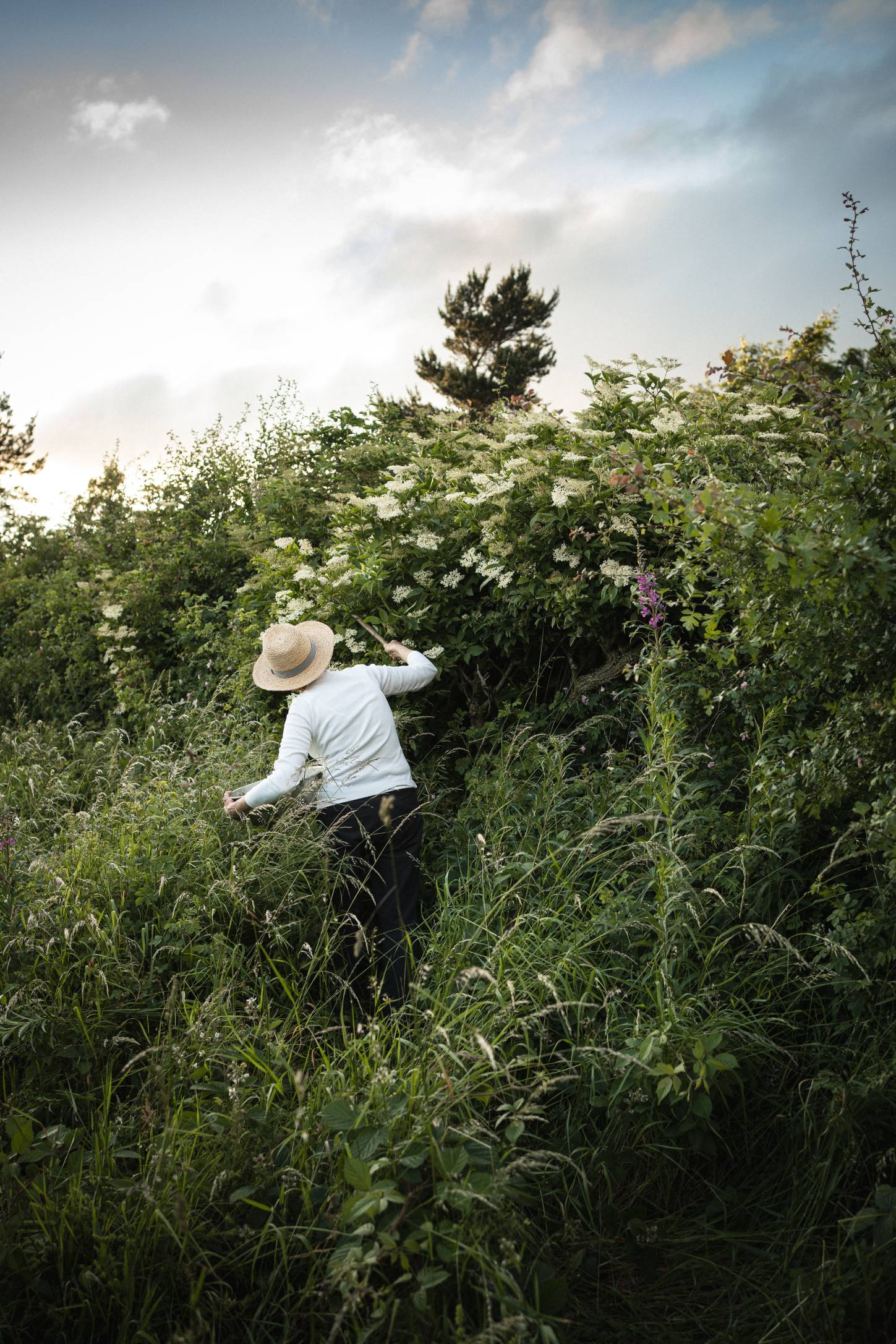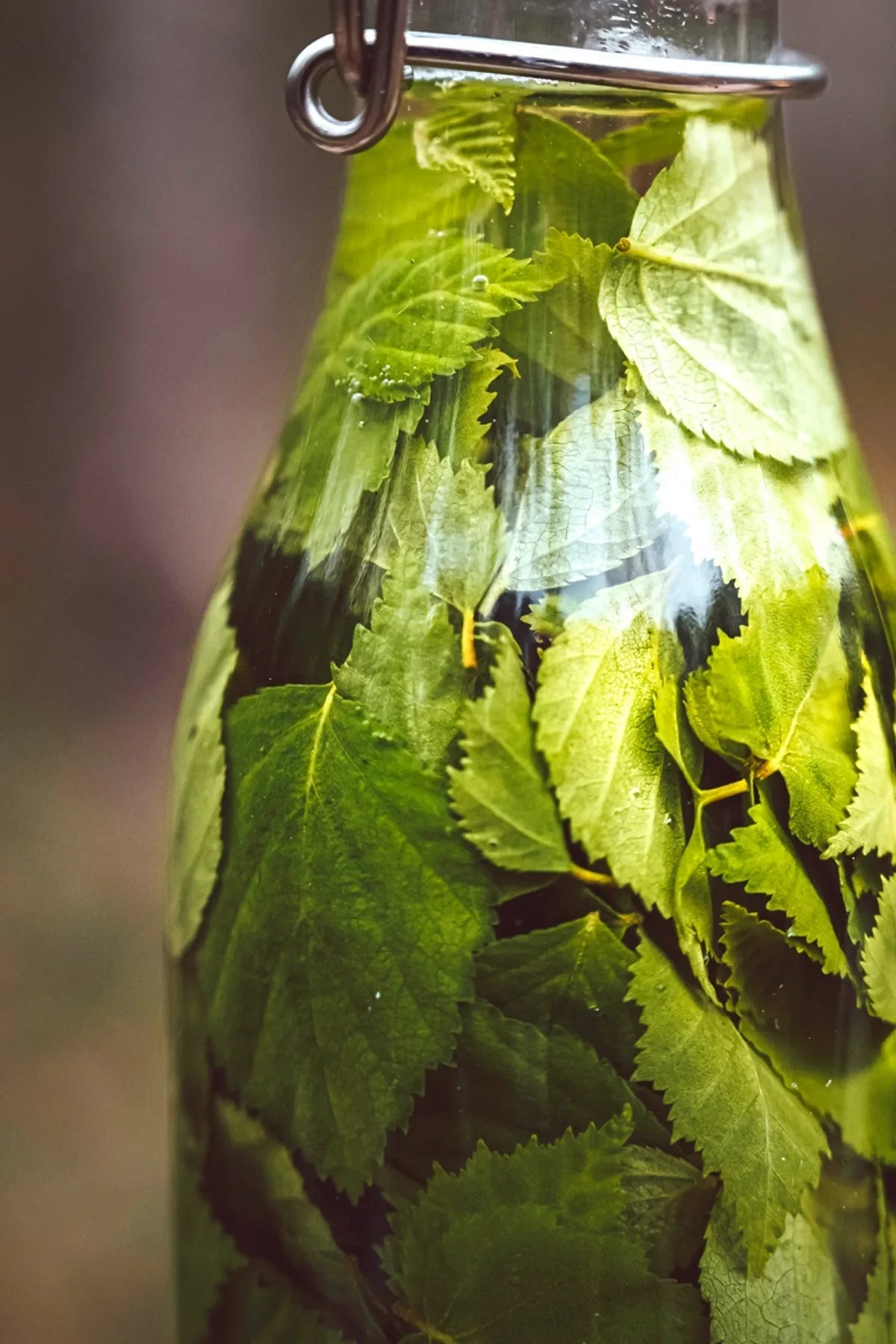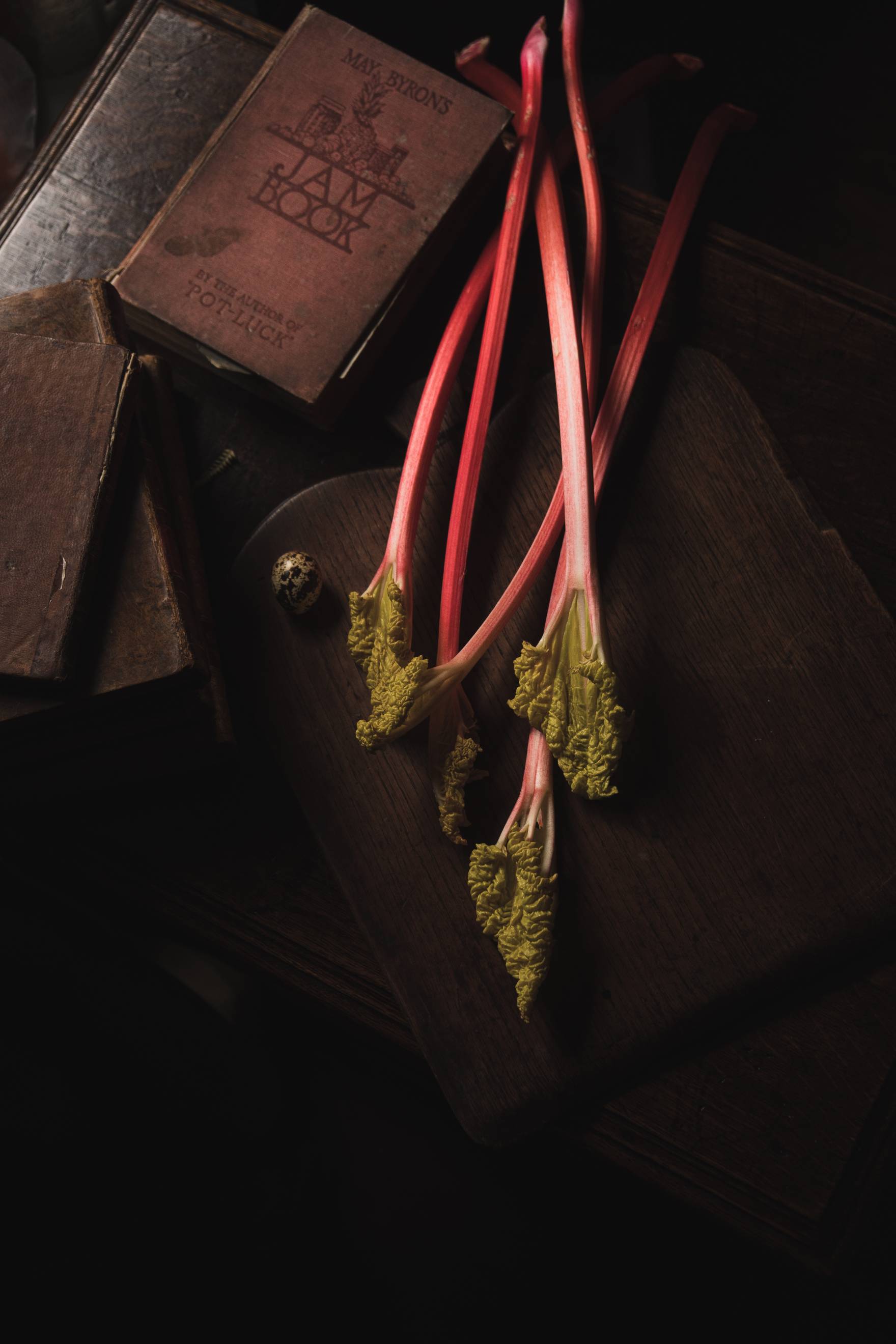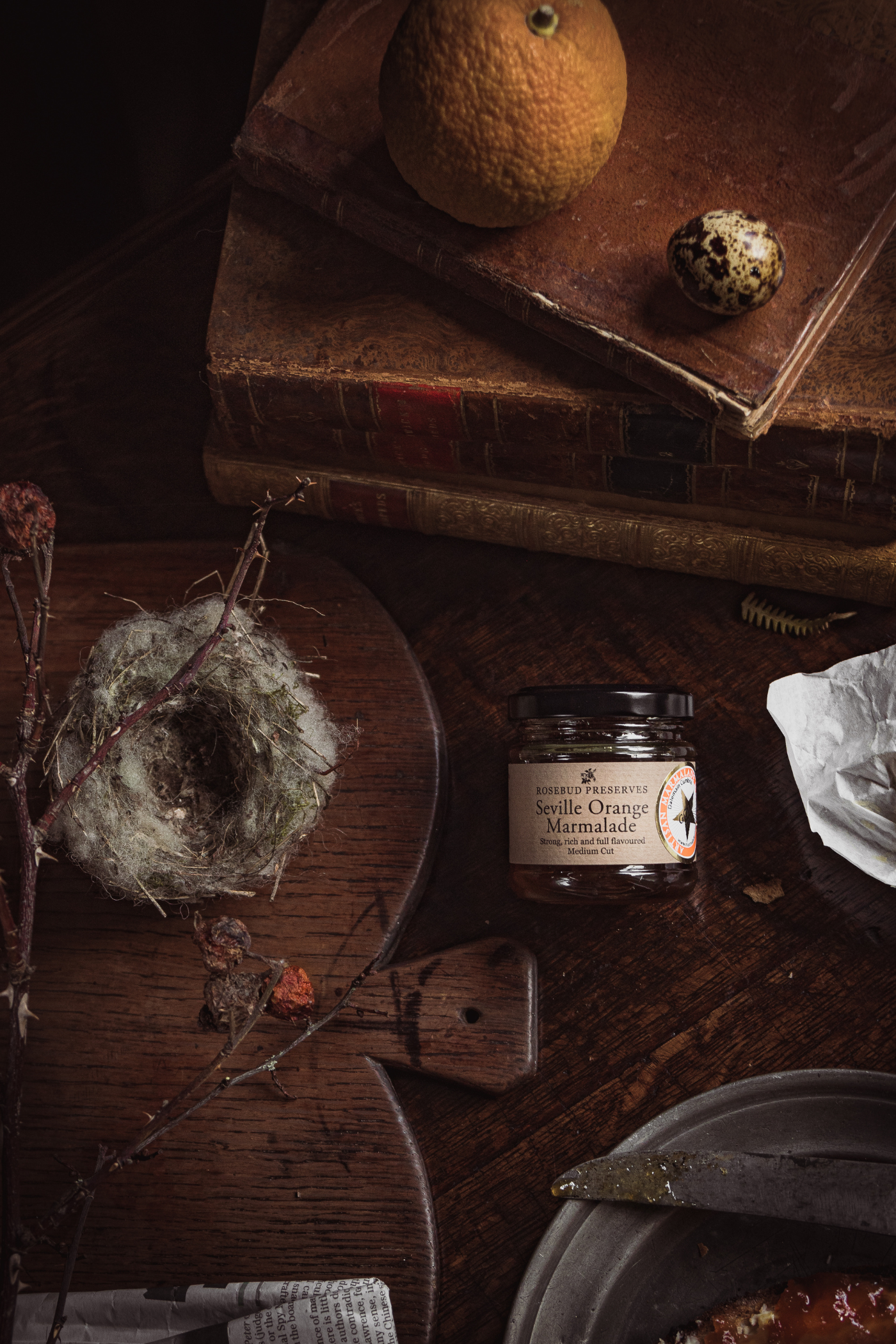
Whitcliffe Scarr, Richmond
Foraging in Spring
An appreciation of nature and the changing seasons is very much part of Rosebud’s philosophy. After the cold, short days of winter, spring is a hopeful, vibrant time of year, bringing new life with it as the days lengthen and become warmer. We teamed up with Paul Robinson, known to many on social media as the ‘Yorkshire Gourmet’, to head out on a ramble through our beautiful Yorkshire countryside to learn more about his passion for nature, foraging, and walking. We hope you enjoy Paul’s insights into spring and what you can see, smell and taste as the flowers and leaves begin to appear, breathing fresh inspiration into our food.
Hawthorn
Hawthorn is widespread in the UK and can be seen all over the place along hedgerows and native woodland. It’s white (and sometimes pink) flowers, ‘May blossom’ as it’s commonly referred to, are at their peak during May, they quickly bloom and can be gone a week later. The flowers make a lovely syrup which has a hint of anise. The young leaves can be added to salads. In late summer and autumn, the berries (haws) make a beautiful jelly, woody in flavour, that goes well with cheese and game. I also sometimes use the wood for smoking meat. Just recently I came across some hawthorn wood charcoal made by Whittle & Flame in Oxfordshire. Hawthorn berries, leaves and flowers have also been used medicinally for centuries in helping heart conditions, reducing blood pressure and supporting energy metabolism.
Wild Garlic
A bit of a no-brainer this one. Like hawthorn, I like to use every part of the plant from the leaves - (which I cook in a variety of ways), the flower buds (for pickling), seed pods (salted and pickled to make ‘capers’), the flowers as a garnish and the bulbs which I pickle too. If I’m quick enough, I’ll try and get the seeds, too, which can be added to breads or sprinkled over a salad. Follow your nose to find wild garlic! It’s commonly found alongside streams and riverbanks and areas where there’s some shade.

Silver birch leaf vinegar
Oak, Silver Birch and Beech
Spring leaves from trees seem to be seldom used in cooking. Baby oak leaves can be added to salads or used to make an infused vinegar, as can young silver birch and beech leaves. Simply adding them to a bottle of white wine vinegar and leaving them for about three to four days is enough to get a flavour infusion which can be used in all manner of ways – in salad dressings, slaws, mayo, sauces. Adding a splash to potatoes before roasting them is really nice too. I use oak, birch and beech wood for wood fire cooking, so it’s nice to also use the leaves in some way. These common native trees can be found throughout the UK.
Conifers
I always keep an eye out for young pine, spruce, fir and larch tips in spring. That beautiful pine essence just smells like Christmas! You can make a syrup using the tips very easily simply. Putt a good quantity of freshly picked tips into a jar with some caster sugar, give it a good mix, then leave on a windowsill at room temperature for a couple of weeks, stirring now and again. The tips release their flavour and the sugar dissolves and eventually turns to a syrup. Conifer plantations are a good place to look. Do be sure to avoid yew trees as they’re poisonous.
Footnote
Always forage responsibly, never decimate an entire area, be mindful and leave some for the wildlife. Avoid picking wild leaves from roadsides because of pollution and footpaths where dog walkers may go, for obvious reasons.

